We are serious about our hula in Hawaii.
Every year, Hilo, Hawaii hosts the Super Bowl of hula, the Merrie Monarch, where the top hula dancers and halau come to showcase and share the beauty of the Hawaiian culture.
These dancers practice for months and hours upon hours for this one weekend out of the year where they get to dance on the Edith Kanakaʻole stage. Through this time of constant work and practice there are bound to be aches and pain that come up leading to the big event every April.
Suggested article: Why hula dancers have bad knees
We checked in with The KŪ Project and Native Hawaiian Strength & Conditioning Specialist, Daniel Aipa, to see what he would do if he were a strength and conditioning coach for a Hālau. He brings over 15 years of experience, with 6 of them being a collegiate strength and conditioning coach working with 20 teams.

Q: What would your approach be coaching a hula halau?
A: Hula dancers, especially at the Merrie Monarch level, are athletes. They work their bodies hard, practice often, and are held to high expectations by their kumu to perform at a high level.
As with any sport, you can’t just look at the workouts on its own. You must take into account the frequency, length, and intensity of practices, when they have shows leading up to the Merrie Monarch, and the current fitness status of the halau as a whole and individually.
Q: Cool. Say a hula halau asked you to train them, how often would you suggest to train?
A: Most hula halau meet up between 1-3 days a week depending on where they are leading up to the Merrie Monarch. To my understanding, practices feel like a workout in themselves because of all the movement involved and the numerous repetitions of going through dances and practicing the steps over and over. With that in mind, a 2-3 day/week strength program would suffice to compliment their hula practices.
The goal with any strength program is to compliment the specific activity of improvement, in this case – hula.
Q: What sort of workouts would you recommend? Crossfit?
A: CrossFit is great for overall fitness, but CrossFit is also a sport. There are definitely components of CrossFit that I would suggest but we can’t lose sight of the purpose of training.
Hula dancers don’t need to be doing olympic lifts and muscle ups, or handstand pushups. Those are all skills that take a learning curve. If the focus is to improve your hula dancing skills, learning more complex skills take up mental space, energy, and time. This is important to note. If you know of a hula dancer who spent time preparing for the Merrie Monarch, you know they are limited on energy and time, especially if they have a family.
For hula dancers, I’d suggest a strength program that is based around fundamental basic strength exercises, doing movements in all three planes of motion (transverse, frontal, sagittal), and emphasize strengthening the posterior chain (hamstrings, glutes, and back).
Q: Can you share some exercises and why they are important?
A: Sure. The deadlift is a basic strength movement that works the entire posterior chain. A weak posterior chain is one of the causes for hula dancers to experience knee pain especially from repetitive movements that involve bent knees at a low position for a long period of time which does place a lot of strain on the knees.
Another key exercise is the Seated Row. In hula, good posture is vital. Learning proper form of the Seated Row allows the hula dancer to build back strength to keep their shoulders back rather than slouched forward.
Q: Hula can be pretty tiring cardio-wise. What sort of conditioning would you suggest?
A: The best conditioning for any sport, and in this case hula – is the activity itself. Of course, having a good base level of cardio is important but depending on how often and hard practices are will dictate whether or not extra cardio work is necessary. The worst thing one can do is do more than needed and hinder performance.
Q: Mahalo Coach! Anything else you want to add?
A: Just to emphasize that a strength and conditioning program is meant to complement and enhance performance, not hinder it. The goal should always be to activate not annihilate – save that for the stage when you show your grace and strength to the people.
Wow. That was a lot of information from Coach Aipa. Guess that is why we call him Coach!



